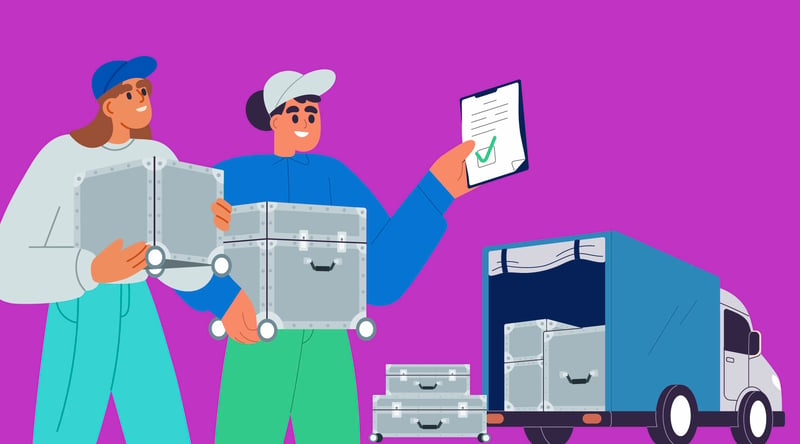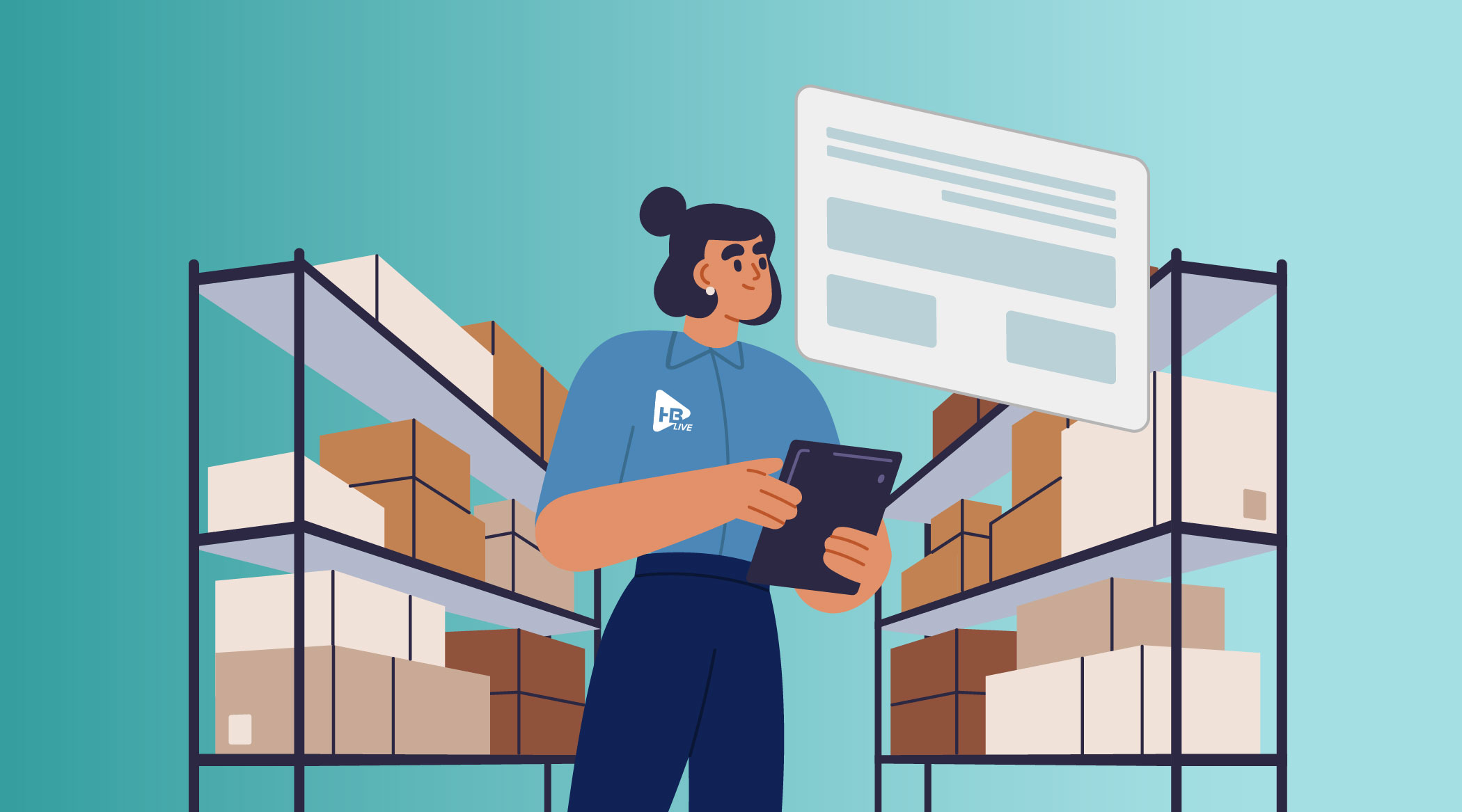The house lights dim, the walk-in music starts, and the Emcee takes the stage to start your two-day conference. As one of the key Event Planners, you’ve already been at the venue for over a day. You’ve witnessed the well-orchestrated setup, tuning and the rehearsal and as the program begins, know that the production team has put a ton of effort into this project.
Did you realize that it had taken hours and hours of effort to ensure that the on-site crew could perform that setup in an organized and efficient manner? Let’s take a peek backstage to uncover a few often forgotten, but absolutely critical steps in the production process and introduce a few of the unsung heroes who get it done.
Start at the Beginning
When you first called your Event Production Partner, you had likely outlined the big picture and that team then helped to outline many key details. They crafted and presented a comprehensive scope and budget and won your trust and business! What happens between that moment and the show open? We see the confirmation call as the starting gun of a race. From that moment, we already have to be taking steps to lead up into the event. Read on, knowing that some of this work has been happening since that very first call.
Crew Planning
Every industry has specialists—Event Production is no different. While the sales and project management team were developing the scope, the Crew Planners were planning the event details. While the event schedule and location are essential to have an event, however, to truly excel as event planners, there should be an immense amount of attention on matching the best talent with the type of event.
The crew planners select the Audio Technicians and Video Technicians to specifically meet the needs of the production. As our other blogs explain, technical experts are selected based on the complexity and size of the event. Complexity comes with a high volume of content, cameras, presenters, and panels. When discussing size, an audience of over 1,000 people might be seen as large, though this can vary based on different viewpoints.
Special consideration is also given when events feature high-profile presenters or personally sensitive content.
The Event Production industry is facing a shortage of qualified technicians and booking the right people for your project quickly is one of the big keys to success.
Equipment Preparation
The best AV Event Production companies keep their equipment ready to go in their warehouse. This means that the warehouse team simply needs to pull it off the shelf and organize it for the most efficient load-in and setup. Each system (Audio, Video, Lighting, etc.) will be reviewed and specialty accessories will be added as needed.

The warehouse team is going to organize the equipment into logical zones and label each case with the contents and the place in the venue where it needs to be set up. The camera being used behind the audience will be labeled differently than the speakers being set up near the stage and different from the video equipment being used backstage.
When it comes time to load the truck, equipment is organized in reverse order—items being set up first, like rigging, will go on the truck last. This process allows the setup team to start work immediately without waiting for the entire truck to be unloaded.
These seemingly small steps make a critical difference when the load-in crew gets to the venue.
Transportation and Load-in
There are lots of factors involved to determine if a dedicated truck driver is required for your event. Suffice it to say that the driver plays an absolutely critical role in the success of the event.
Remember what we said about Crew Planning and Truck Packing? Here’s where it all comes together. Some projects require a separate load-in crew. Often referred to as “Box Pushers”, don’t dismiss the care and effort it takes to move all that equipment safely to the correct location in the venue. Once the gear is in its correct zone, many of these load-in crew will immediately convert to setup technicians.
One of the last steps before the show opens is to store the empty cases. Just like the attention given to truck packing at the warehouse, the on-site team will organize those empty cases with the best possible care so that the load out can occur just as smoothly as possible.
De-preparation and Quality Control
Once your event has ended and the truck has left the dock, the work of the Event Production team is not over. The equipment is all returned to the warehouse and that team “de-prepares” the equipment. This includes checking that all items have been stored correctly in their cases and extensively testing each piece of equipment. It’s then stored in a ready-to-go state, waiting for the next project.
Conclusion
As we wrap things up, it's like peeling back the layers of an onion when it comes to event planning and budgeting, although we promise not to make you cry! Even as the lights dim and the crowds disperse, the work continues behind closed doors as equipment is carefully de-prepared and quality-checked for future projects.
Some aspects are crystal clear and easy to talk about, but there's a whole other side that's lurking beneath the surface—think of it like a duck paddling like crazy under the water while looking cool above it.
Now, with decades of experience in the event production space, we know firsthand the stress and pressure that comes with making sure every event runs like clockwork. Our goal with this post has been to shine a light on these hidden complexities, including sneaky expenses like warehouse storage costs.
By bringing these hidden factors into the open, we're better equipped to tackle the challenges of event planning and deliver results that truly wow our clients.
Reach out to us if you'd like to learn more.



